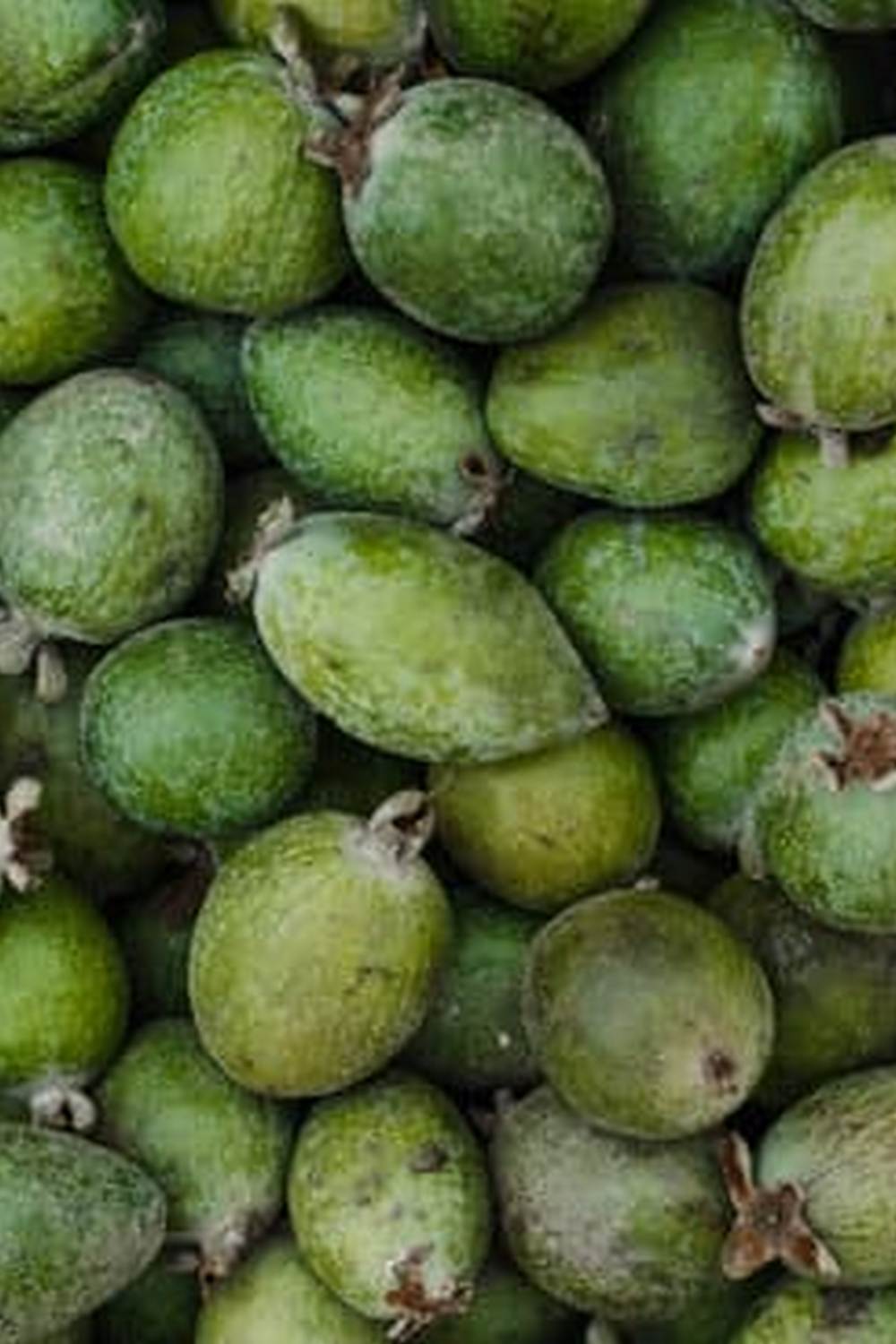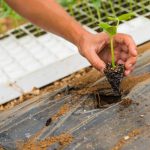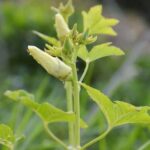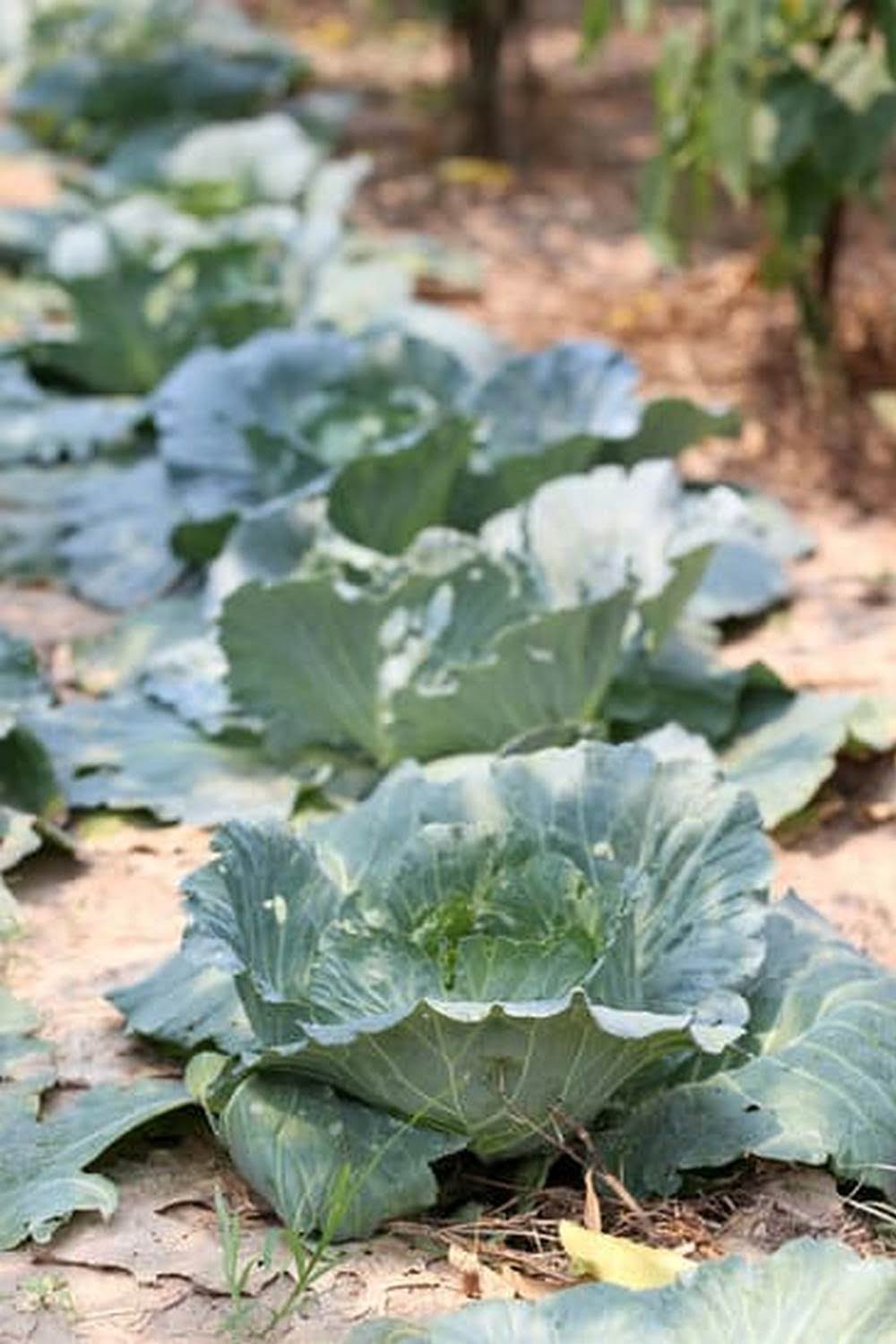Are you looking to create a beautiful and functional space in your backyard or on your balcony? Look no further. In this article, we will explore the wonderful world of small flower vegetable gardens.
By combining flowers and vegetables, you can not only enhance the aesthetic appeal of your garden but also enjoy the benefits of harvesting fresh produce right at home. And the best part is, you can access free plans for small flower vegetable gardens to get started on your own green oasis.
When it comes to small space gardening, the possibilities are endless. Whether you have a tiny plot of land or just a few pots on a balcony, there are numerous ways to incorporate both flowers and vegetables into your garden.
Not only does this combination add color and vibrancy to your outdoor space, but it also attracts pollinators and beneficial insects, creating a harmonious ecosystem in your garden. With the right planning and care, you can achieve a balance between beauty and functionality in your small flower vegetable garden.
In the upcoming sections, we will delve into important aspects such as choosing the right location for your garden, designing an efficient layout, selecting suitable plants that thrive together, utilizing companion planting techniques for improved growth, and essential maintenance tasks to keep your garden flourishing. By following these guidelines and incorporating free plans for small flower vegetable gardens, you can create a sustainable and rewarding gardening experience right at home.
So let’s roll up our sleeves and get ready to dig into the world of small space gardening.
Choosing the Right Location
When it comes to creating a small flower vegetable garden, one of the most important factors to consider is selecting the right location. The success of your garden greatly depends on where you choose to plant it. Here are some key factors to consider when deciding on the best spot for your small garden:
Sunlight
One of the primary considerations for your small flower vegetable garden is sunlight. Most vegetables and flowers require at least 6-8 hours of direct sunlight each day to thrive. Take note of the sun patterns in your yard and choose a location that receives adequate sunlight throughout the day.
Soil Quality
Another crucial factor when choosing a location for your small garden is soil quality. The soil should be well-draining, rich in nutrients, and have a pH level suitable for the plants you intend to grow. Consider conducting a soil test to determine its composition and make any necessary amendments before planting.
Accessibility
It’s essential to consider how easily accessible your chosen location is for regular maintenance and care. Make sure the area is within reach of water sources for irrigation, as well as convenient for tasks like weeding, harvesting, and general upkeep. By selecting a spot that is easily accessible, you’ll be more likely to stay on top of maintaining your small flower vegetable garden.
By taking these factors into account, you can ensure that your small flower vegetable garden has the best possible start for successful growth and bountiful harvests. Remember that proper planning in choosing the right location can make all the difference in creating a thriving garden that brings beauty and sustenance all in one space.
For additional guidance on designing and planning your small flower vegetable garden, there are various free plans available online that can provide inspiration and practical tips tailored to different locations and preferences.
Designing Your Garden Layout
Designing a garden layout for a small space presents a unique set of challenges and opportunities. By carefully planning the layout of your small flower vegetable garden, you can maximize space efficiency while creating a visually appealing and functional outdoor space. Here are some tips to help you design the perfect layout for your small garden:
- Consider vertical gardening: In a small garden, utilizing vertical space is essential. Consider incorporating trellises, arbors, or hanging planters to grow vining plants like tomatoes, cucumbers, and peas. This not only saves ground space but also adds visual interest to your garden.
- Create defined growing areas: Divide your garden into separate areas for flowers and vegetables to help maintain organization and aesthetics. You can use raised beds, containers, or borders to delineate different sections within your garden.
- Think about sunlight and water access: When designing your garden layout, consider the sun exposure and water accessibility of each area. Place sun-loving plants in locations that receive ample sunlight throughout the day and ensure that all plants have easy access to water sources.
A well-designed garden layout not only optimizes space but also enhances the beauty and functionality of your small flower vegetable garden. With careful consideration of vertical gardening techniques, defined growing areas, and sunlight/water access, you can create a harmonious outdoor space that thrives with both flowers and vegetables.
In addition to these tips for maximizing space and aesthetics in a small garden, there are also free plans available online that can help guide you through the design process. These resources offer detailed layouts and designs specifically tailored for small flower vegetable gardens. By utilizing these free plans, you can simplify the design process and ensure that your small garden is both visually appealing and productive throughout the growing season.
Selecting the Perfect Plants
When it comes to creating a small flower vegetable garden, selecting the perfect plants is crucial for the success of your garden. The key is to choose flowers and vegetables that not only thrive together but also complement each other in terms of growth habits and care requirements. Here are some recommendations for plants that are ideal for small gardens:
- Tomatoes and Marigolds: Tomatoes benefit from the pest-repelling properties of marigolds, making them great companions in a small garden.
- Zinnias and Cucumbers: Zinnias attract pollinators like bees and butterflies, which can help improve the yield of cucumbers in your garden.
- Lavender and Lettuce: The fragrant blooms of lavender can deter pests that may threaten lettuce plants, creating a harmonious environment for both plants to thrive.
By carefully selecting flowers and vegetables that work well together, you can create a balanced ecosystem within your small garden. This not only enhances the visual appeal of your garden but also improves overall plant health and productivity.
In addition to considering plant compatibility, take into account factors such as sunlight requirements, soil conditions, and available space when choosing plants for your small flower vegetable garden. Creating a diverse mix of plants with varying heights, colors, and textures will not only maximize the aesthetic appeal of your garden but also provide practical benefits like improved pollination and pest control.
Remember to refer to free plans for small flower vegetable gardens to get inspiration on plant combinations that have been proven successful by experienced gardeners.
Companion Planting
In addition to pest control, companion planting in small flower vegetable gardens can also help improve growth and yield. For instance, planting basil near tomatoes can enhance the flavor of the tomatoes and increase their yield. Similarly, growing nasturtiums near cucumbers can ward off cucumber beetles due to their peppery scent. These symbiotic relationships between plants can create a harmonious environment in your garden that promotes healthy growth and productivity.
To make the most out of companion planting in your small flower vegetable garden, it’s essential to research compatible plant pairings and plan your layout accordingly. By combining flowers and vegetables strategically based on their beneficial properties, you can create a thriving ecosystem that is not only visually appealing but also productive.
Whether you’re looking to improve growth, deter pests, or simply enhance the beauty of your garden, companion planting offers a natural and effective solution for small-space gardening.
| Benefit | Example |
|---|---|
| Pest Control | Marigolds repel nematodes |
| Enhancing Flavor | Basil enhances tomato flavor |
| Pest Deterrent | Nasturtiums ward off cucumber beetles |
Maintenance and Care
In addition to watering, regular weeding is essential to prevent unwanted competition for nutrients and resources among your plants. Weeds can quickly take over a small garden space, so it’s important to stay on top of removing them regularly. Mulching around your flowers and vegetables can help suppress weed growth while also retaining moisture in the soil. Organic mulches like straw or shredded leaves can also improve soil health as they break down over time.
Lastly, it’s crucial to monitor your garden for pests and diseases that may affect your plants. Inspect both the foliage and fruits of your crops regularly for any signs of pest damage or disease. If you notice any issues, address them promptly with appropriate organic treatments or methods. By practicing vigilant maintenance and care routines in your small flower vegetable garden, you’ll create an environment where your plants can thrive and produce bountiful harvests.
| Maintenance Task | Importance |
|---|---|
| Weeding | Prevents competition for resources |
| Watering | Essential for plant health and growth |
| Pest Monitoring | Prevents damage to crops |
Harvesting and Enjoying Your Bounty
Harvesting your small flower vegetable garden is a rewarding experience that allows you to enjoy the literal fruits and veggies of your labor. Before you start harvesting, it’s essential to know when each plant is ready for picking. Different flowers and vegetables have specific indicators that they are ripe for harvest. For example, ripe tomatoes should have vibrant color and give slightly when gently squeezed.
Timing Is Key
Timing is crucial when it comes to harvesting your crops. Most vegetables are at their peak flavor and nutrition levels when harvested at the right time. Flowers also look best when picked at the height of their bloom. Make sure to familiarize yourself with the optimal harvest times for each plant in your garden to maximize taste and visual appeal.
Harvesting Techniques
When harvesting vegetables like lettuce or carrots, use a sharp knife or scissors to cut the stems cleanly without damaging the rest of the plant. For fruits like strawberries or tomatoes, gently twist or pull them from the vine to avoid bruising. It’s important to handle delicate flowers like roses with care, cutting them early in the morning when their stems are full of water for longer vase life.
Remember that after harvesting your flowers and veggies, it’s essential to store them properly if you’re not planning on enjoying them immediately. Some plants do better stored in a cool place while others require refrigeration. By properly storing your bounty, you can extend its freshness and enjoy the rewards of your small flower vegetable garden for even longer periods. Remember also to share the abundance with family and friends.
Additional Resources
In conclusion, combining flowers and vegetables in a small garden not only creates a visually appealing space but also offers practical benefits such as maximizing resources and deterring pests. By carefully selecting the right plants and implementing companion planting techniques, you can create a thriving ecosystem that will yield a bountiful harvest.
When designing your small flower vegetable garden, it is essential to choose the right location that receives adequate sunlight and has good drainage. Consider factors such as proximity to water sources and ease of access for maintenance tasks. By carefully planning your garden layout, you can make the most of limited space and create an aesthetically pleasing arrangement that is both functional and beautiful.
To assist you in creating your own small flower vegetable garden, there are various free plans available online that provide guidance on plant selection, design layout, and maintenance tips. Take advantage of these resources to help you get started on your gardening journey and enjoy the satisfaction of growing your own fresh produce alongside colorful blooms. Happy gardening.
Frequently Asked Questions
What Is a Good Layout for a Vegetable Garden?
A good layout for a vegetable garden typically involves proper spacing between plants to ensure they have enough room to grow without competing for resources. It’s important to consider plant height, sunlight exposure, and water needs when arranging your garden beds. Additionally, grouping together plants with similar care requirements can make maintenance easier and more efficient.
How Do You Organize a Small Vegetable Garden?
Organizing a small vegetable garden requires maximizing the available space by utilizing vertical gardening techniques such as trellises or hanging baskets. Choosing compact varieties of vegetables and herbs can also help make the most of limited space. Properly labeling and grouping plants based on their watering and sunlight needs can streamline maintenance in a small area.
How Do You Plan a Flower Garden Bed Layout?
Planning a flower garden bed layout involves considering factors like plant height, color combinations, bloom times, and spacing requirements. Creating focal points with taller plants in the center or back of the bed can add visual interest, while mixing different textures and flower shapes can create a dynamic look.
It’s essential to plan ahead for mature plant sizes to avoid overcrowding as they grow.

If you’re looking to get into vegetable gardening, or are just looking for some tips on how to make your current garden better, then you’ve come to the right place! My name is Ethel and I have been gardening for years. In this blog, I’m going to share with you some of my best tips on how to create a successful vegetable garden.





